ABSTRACT
Kidney stones (also called renal calculi or nephrolithiasis or urolithiasis) are hard deposits made of minerals and salts that form inside the kidneys.[1] A 35-year-old lady came to OPD with sonography report showing left side renal calculi 5.6 mm with hydronephrosis and frontal headache for 6 months.
All symptoms are aggravating after motion. Berberis vulgaris was the simillimum which was selected on the basis of symptom similarity. After prescribing 2 doses of Berberis Vulgaris 1M, there were no longer any complaints and the patient was cured in 3 months.
KEYWORDS: Homoeopathy, Renal Calculi, Renal stone, Berberis vulgaris, Repertorization, Individualization, Nephrolithiasis, Synthesis Repertory Radar10.
INTRODUCTION
Renal stone disease is affects individuals of all countries and ethnic groups and a family tendency toward stone formation has long been recognised. There are three major types of renal stone.[2]
- About 80% are composed of either calcium oxalate or calcium oxalate mixed with calcium phosphate.
- About 10% are composed of magnesium ammonium phosphate.
- Approximately 6% to 9% are uric acid cystic stone and organic matrix of mucoprotein is present that makes up about 2.5 % of the stone by weight. It may produce cystinuria.[2] [3]
TYPES OF RENAL STONE
Primary Stones: Are those which appear in apparently healthy urinary tracts without antecedent inflammation. These stones are usually formed in acid urine. They usually consist of calcium, uric acid, urates, cystine, xanthine or calcium carbonate.
Secondary Stones: Are usually formed as the result of inflammation. The urine is usually alkaline as urea splitting organisms are most often the causative organism. Secondary stones are mostly composed of calcium ammonium magnesium phosphate (so-called triple phosphate).[4]
PRESENT COMPLAINTS
The patient came to OPD with the complaints of frequent and burning urination, nausea and vomiting in morning for the last 7 days. Pain and stiffness in loin region (left-sided) aggravated by motion and pain in thigh region with backache, which is worse by lying down. Frontal region headache from last six-months aggravated by movement.
PAST HISTORY
H/O Malaria 2016
Urinary tract infection in 2019
FAMILY HISTORY
Mother: Hypertension since 8 years
Father: Renal calculi since 2004.
MENTAL GENERALS:
Irritability present due to pain and discomfort
PHYSICALGENERALS:
Appetite: Normal appetite – 2 meals per day
Thirst: Less (1 liter/day)
Desire: spicy and fast food
Stool: Dry stool, daily habit of motion, 2 time per day
Urine: Frequent and burning micturition, 8-10/day, 3-4/night
Sleep: Disturbed due to pain
ANALYSIS OF CASE:
| Mental general | Physical general | Particular |
| · Irritability | · Desire-spicy food
· chilly patient · Stool dry · Burning micturition |
· Headache (Frontal headache)
o Aggravate:from movement · Stiffness in loin region. · Back pain aggravated by lying down. · Nauseas and vomiting in morning |
EVALUATION OF SYMPTOMS:
- Irritability
- Desire-spicy food
- chilly patient
- Stool dry
- Burning micturition
- Headache (Frontal headache), Aggravated from movement
- Stiffness in kidney region.
- Back pain aggravated by lying down.
- Nauseas and vomiting in morning
REPORTORIAL TOTALITY:
| Symptoms | Reportorial totality |
| Mind | Irritability |
| Urine | Burning |
| Kidney | Stiffness |
| Back | Pain (lying down) |
| Head | Pain (Frontal region) |
REPORTORIAL SHEET:[5]
REPORTORIAL ANALYSIS:
1.Berberis Vulgaris 6/5 4. Bryonia 4/9
2.Belladonna 4/10 5. Nitricum acidum 4/9
3.Apis mellifica 4/9
PRESCRIPTION: On 14/1/2021 Berberis Vulgaris 1M 1 dose stat was given, followed by Rubrum 200/ tds for 7 days. Berberis 1M was selected on the basis of symptom similarity, constitution and susceptibility of patient.
FOLLOW UP:
| Date | Symptoms | Prescribed Medicine |
| 21/1/2021 | Slight relief in back pain and nausea and vomiting better.
Pain and stiffness in loin region slightly decreased but pain still persist. Headache still present. |
Rubrum 200 TDS for 15 days. |
| 07/2/2021 | No nausea and vomiting present.
Relief in headache. Slight back pain present now. Pain in loin region is better than before. |
Berberis Vulgaris 1M single dose for 30 days. |
| 7/3/2021 | Relief in all complaints, no back pain. Patient feels much better. | Rubrum 200 TDS for 15 days. |
| 30/3/2021 | With the next report, showing no obvious abnormality and there were no symptoms with no further complaints. | Rubrum 200 OD for 7 days. |
CONCLUSION:
Homoeopathic medicines are useful in the expulsion of renal stone without any surgical intervention and provided an immense relief in this case of nephrolithiasis. With the help of homoeopathic medicines, the process of an assimilation and excretion and management of renal calculi can be easily done. It happens without any side effects or the tendency to form new stones, and permanent cure is possible.
REFERENCES:
- Nicholas A. Boon, Nicki R. Colledge, Brian R. Walker, Davidson’s Principles and practice of medicine (20th edition), ELSEVIER Publication 2006
- Kumar Abbas Aster, Robbins Basic Pathology (10 edition).
- Milind Y Nadkar, Golwalla’s Medicine for students, 25TH Edition, JAYPEE BROTHERS MEDICAL PUBLISHERS 2017
- Homoeopathic Management of Renal Colic by Navin Pawaskar Gurumayum Chand Sharma.https://hpathy.com/homeopathy-papers/homeopathic-management-renal-colic/
- Radar 10. (Homoeopathic software)

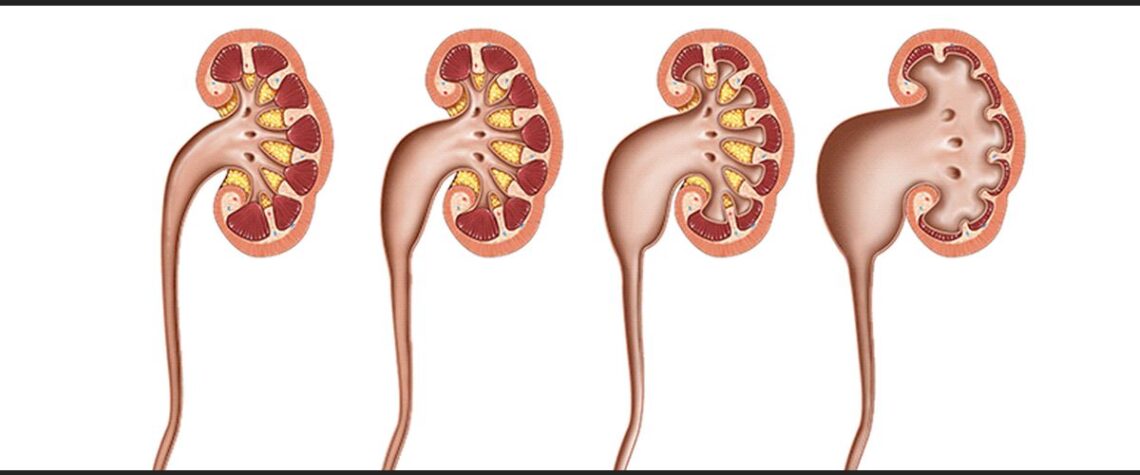
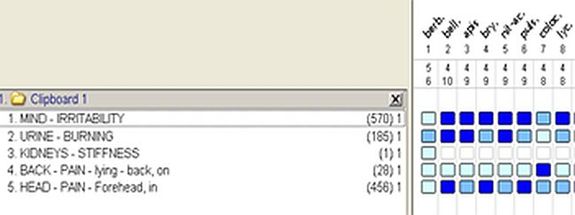
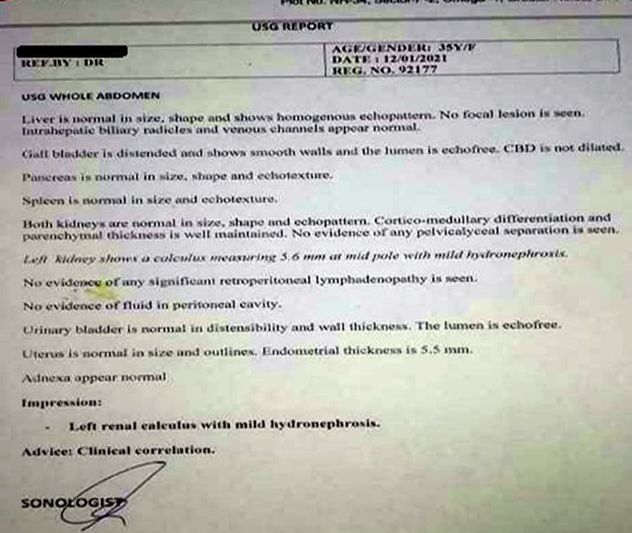

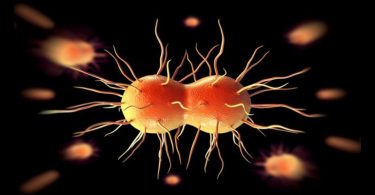
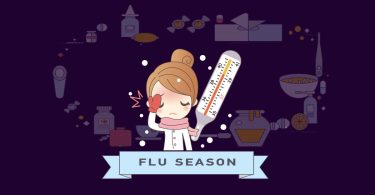
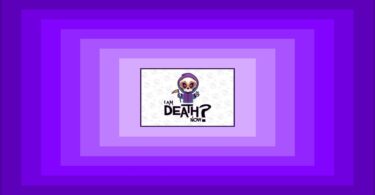

Great result for the patient.
Which Rubrum are you referring to? I see at least five in the MM and Complete Rep.
Thanks.